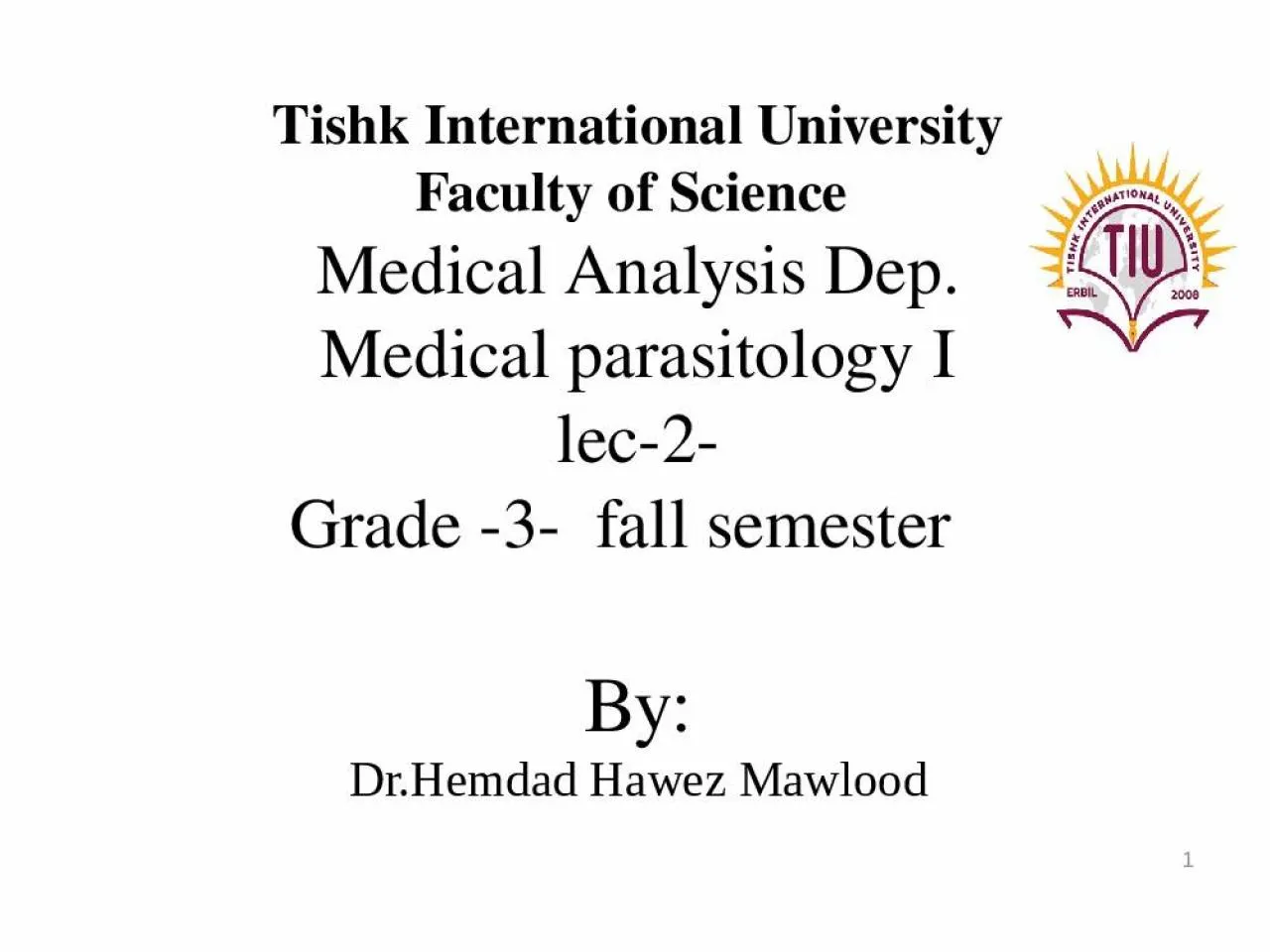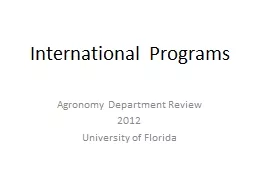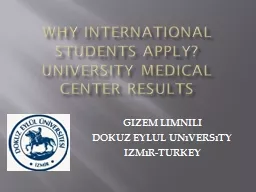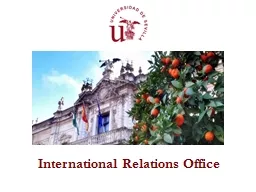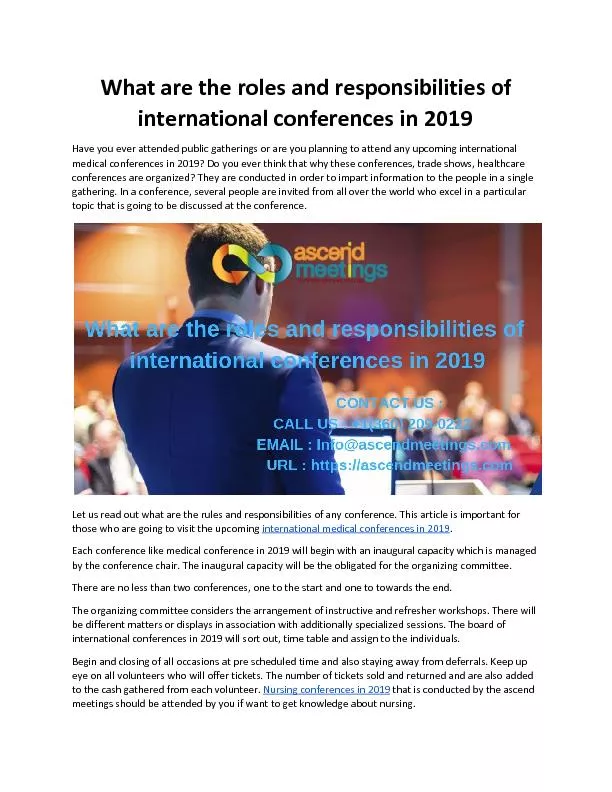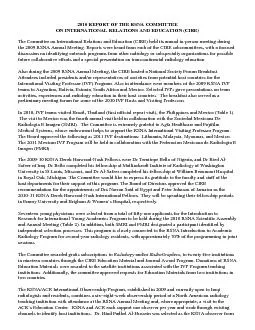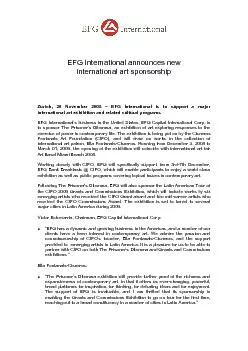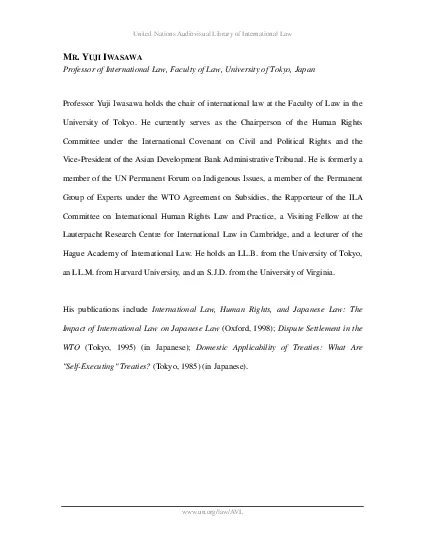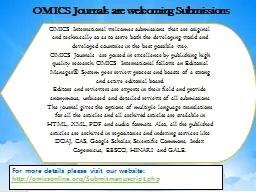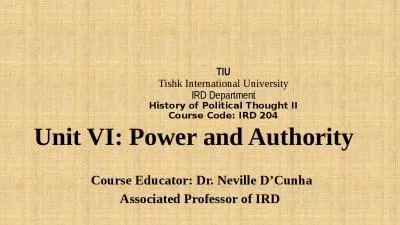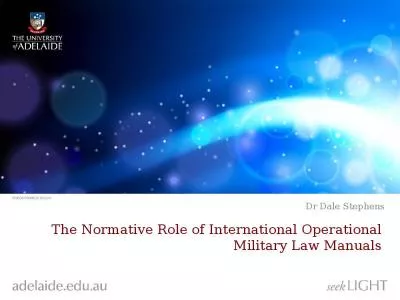PPT-Tishk International University
Author : josephine | Published Date : 2022-02-14
Faculty of Science Medical Analysis Dep Medical parasitology I lec2 Grade 3 fall semester By DrHemdad Hawez Mawlood 1 2 Zoonosis This term is used to describe
Presentation Embed Code
Download Presentation
Download Presentation The PPT/PDF document "Tishk International University" is the property of its rightful owner. Permission is granted to download and print the materials on this website for personal, non-commercial use only, and to display it on your personal computer provided you do not modify the materials and that you retain all copyright notices contained in the materials. By downloading content from our website, you accept the terms of this agreement.
Tishk International University: Transcript
Download Rules Of Document
"Tishk International University"The content belongs to its owner. You may download and print it for personal use, without modification, and keep all copyright notices. By downloading, you agree to these terms.
Related Documents

